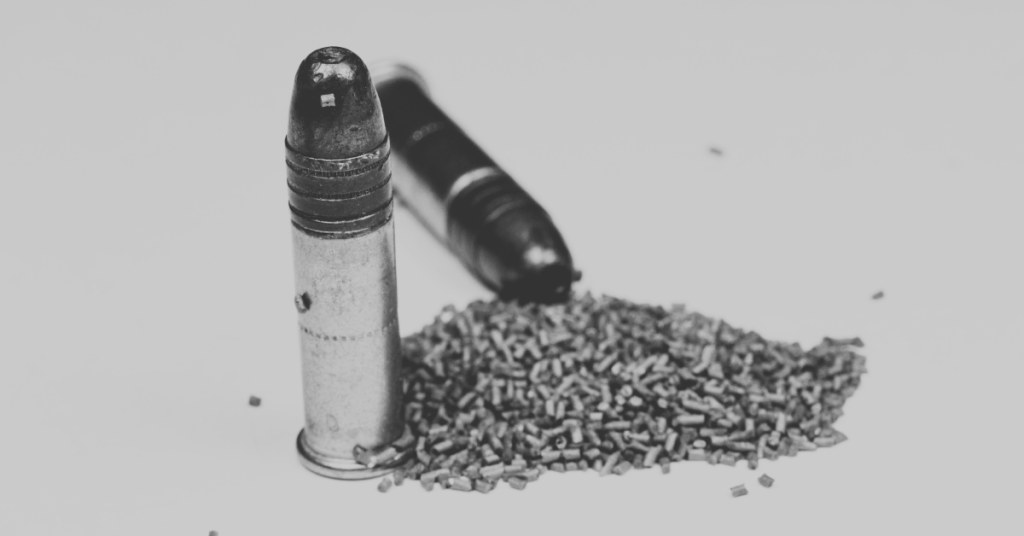Rimfire ammunition is one of two types of cartridges for use in firearms. Rimfire ammo is most commonly used by hobbyists, small game hunters, and competition shooters. It is inexpensive and offers low recoil.
The round can be used in virtually every type of commercial gun on the market today.
Development of Rimfire Ammunition
Frenchman Louis-Nicolas Flobert created the first rimfire ammunition cartridge in 1845. Unlike today’s cartridges, the 6mm Flobert round didn’t use gunpowder; it used a bullet seated atop a simple percussion cap.
Two types of ammunition were introduced around that same time – the .22 BB Cap (1845) and the .22 CB Cap (1888). Both are considered Flobert cartridges.
The rounds have a low velocity of 700-800 ft/s. Flobert also created “parlor pistols” which were used for target shooting inside homes equipped with a shooting gallery or dedicated target in the parlor.
Oddly enough, parlor pistols were in fashion throughout the mid to late 1800s.
In 1857, Smith & Wesson launched their version of a rimfire cartridge in the .22 Short. Unlike Flobert’s cartridge, the .22 Short contained 4 grains of black powder. The .22 Short led to the development of the .22 Long (1871) and the .22 Extra Long (1880).
The J. Stevens Arms & Tool Company created the .22 Extra Long rifle cartridge in 1887. Today, the .22 LR is the most common cartridge in the U.S.
Common Usage
Rimfire ammunition has the primer built into a thin casing. The firing pin on the gun strikes the round’s rim, causing it to fire. The round has a low velocity, which makes it ideal for shooting at shorter distances than the more powerful centerfire ammunition.
The .22 LR is commonly used for target shooting, plinking, competition shooting, small game hunting, and varmint control. Because of the light weight of rimfire ammunition, it is subject to being thrown off course by crosswinds.
A strong crosswind can alter the bullet’s course as much as 6” across 100 yards. Some hunters claim that the .22 LR can be used to take down larger game, but unless you are a crack shot, it isn’t always going to do the job.
Calibers
The .22 LR is the round everyone thinks of when they hear “rimfire ammunition.” However, there are other calibers that use the same technology although some are obsolete or hard to find.
They include: the .25 Stevens, .32 Long, .44 Henry Flat, and .58 Miller. The latter was used by Civil War soldiers in their modified muskets.
The .17 HMR is a notable, modern cartridge. The .17 HMR was developed by Littleman in 2002, with the aim of creating a higher velocity round. Unlike the .22 LR, the .17 HMR has a flat trajectory and travels at a high velocity, up to 2,650 ft/s.
Additionally, the low noise and almost non-existent recoil make it popular with small game and varmint hunters.
Conclusion
Rimfire ammunition has been on the market for over 150 years and will continue to be popular due to its versatility, low cost, and ease of use.

